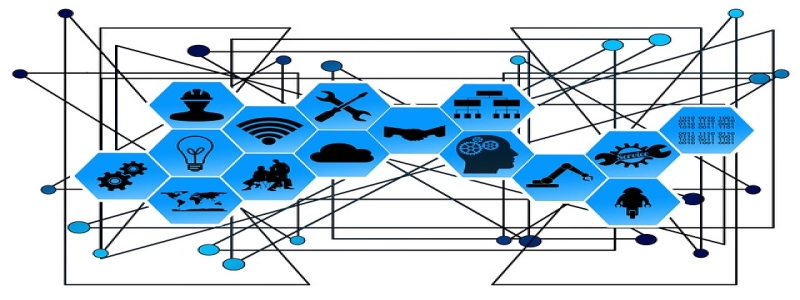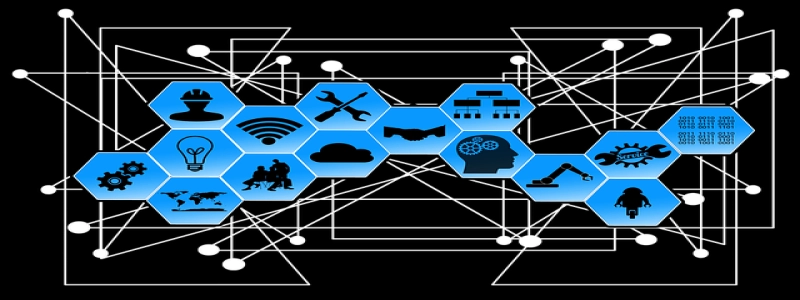Quarter Wavelength Transmission Line
Bevezetés:
A quarter wavelength transmission line is an essential component in many electronic systems. It is a type of transmission line that is precisely cut to be one-quarter of the wavelength of the signal it carries. This unique characteristic makes it a valuable tool in various applications, such as impedance matching, signal transformation, and impedance termination. In this article, we will explore the structure, working principle, and applications of the quarter wavelength transmission line.
1. Structure of the Quarter Wavelength Transmission Line:
The quarter wavelength transmission line consists of a conductive medium, typically copper or any other metal. It is often in the form of a coaxial cable, microstrip line, or waveguide. The inner conductor of the transmission line is surrounded by a dielectric material, providing insulation and support. The dimensions of the conductive medium and dielectric are precisely calculated to achieve a quarter of the input signal’s wavelength.
2. Working Principle of the Quarter Wavelength Transmission Line:
When an electrical signal is applied to a quarter wavelength transmission line, a phenomenon called phase shift occurs. This means that the electrical signal is delayed by a quarter of its wavelength as it travels down the transmission line. This phase shift can be advantageous in various applications.
3. Applications of the Quarter Wavelength Transmission Line:
3.1 Impedance Matching:
One application of the quarter wavelength transmission line is impedance matching. By carefully selecting the characteristic impedance of the transmission line, it is possible to match the impedance of two different components or systems. This impedance matching ensures the maximum power transfer between the source and the load, minimizing signal reflections and maximizing efficiency.
3.2 Signal Transformation:
Another application is signal transformation. The quarter wavelength transmission line can be used to convert an unbalanced signal to a balanced signal or vice versa. This transformation is achieved by exploiting the phase shift property of the transmission line. By adjusting the impedance and length of the line, it is possible to convert signals between different formats, enabling compatibility between various systems.
3.3 Impedance Termination:
The quarter wavelength transmission line is also commonly used for impedance termination. By properly terminating the transmission line with an appropriate impedance, signal reflections can be minimized. This is particularly useful in high-frequency applications, where signal reflections can negatively impact system performance and stability.
3.4 Antenna Applications:
Quarter wavelength transmission lines are extensively used in antenna applications. They are utilized to match the impedance of the antenna to the impedance of the transmission line, ensuring efficient power transmission. By carefully designing and integrating quarter wavelength transmission lines, the performance and range of antennas can be significantly enhanced.
Következtetés:
The quarter wavelength transmission line is a versatile and vital component in electronic systems. Its unique property of phase shift enables various applications, including impedance matching, signal transformation, impedance termination, and antenna design. Understanding the structure, working principle, and applications of the quarter wavelength transmission line helps engineers and researchers optimize system performance and ensure maximum efficiency in their designs.







